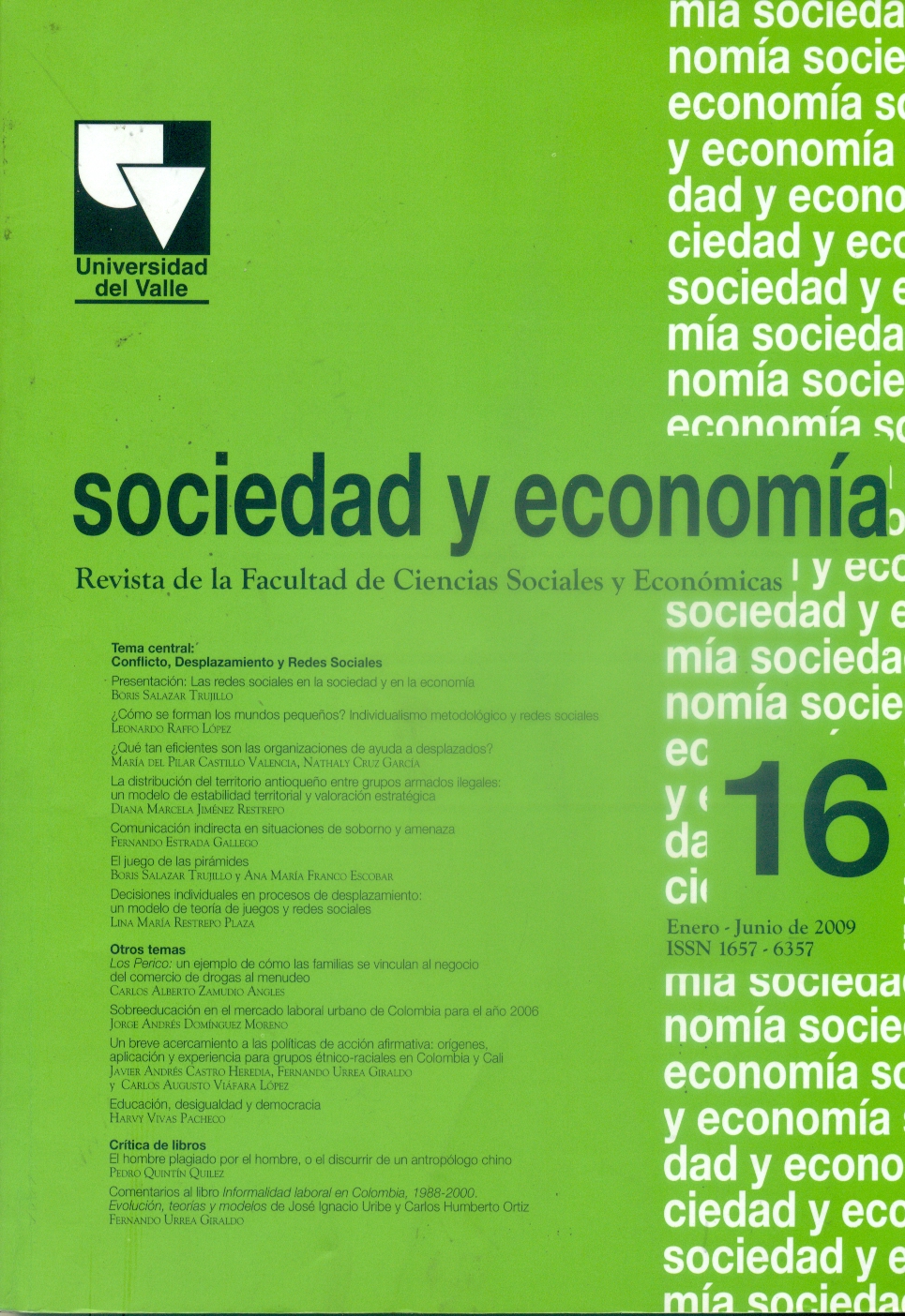Indirect communication in bribery and threatening situations
Keywords:
Strategy of conflict, Indirect communication, Negotiation, Bribery, threats, Indirect speech acts.Main Article Content
The aim of this paper is to explain the relevance of the theory of indirect communication strategy and negotiating conflict. Based on Thomas Schelling illustrates indirect communication cases: bribery and threats. It shows that both bribery and threats are rational preference mechanisms, whose functions can be expressed in non-linear diagrams. This analysis also contributes to the theory of strategic games very different from zero. Indirect communication is a fundamental basis for strategic action in various forms of conflict, from war to irregular traffic jams caused by vehicular traffic. Our particular interest in the bribery and the threat is related to common cases in the colombian conflict.
Downloads

This work is licensed under a Creative Commons Attribution-NonCommercial 4.0 International License.
Revista sociedad y economía editada por la Facultad de Ciencias Sociales y Económicas de la Universidad del Valle se encuentra bajo una Licencia Internacional Creative Commons Atribución - No comercial 4.0
Basada en una obra en http://sociedadyeconomia.univalle.edu.co

